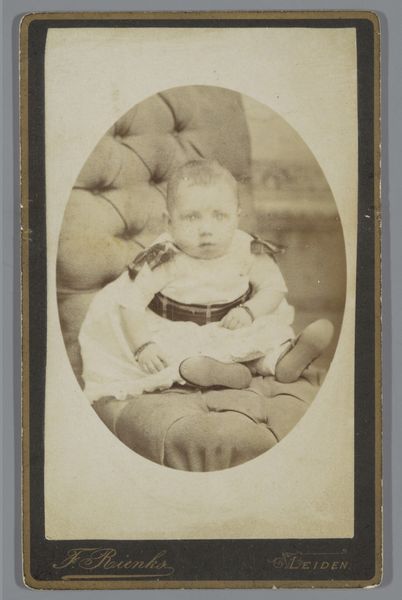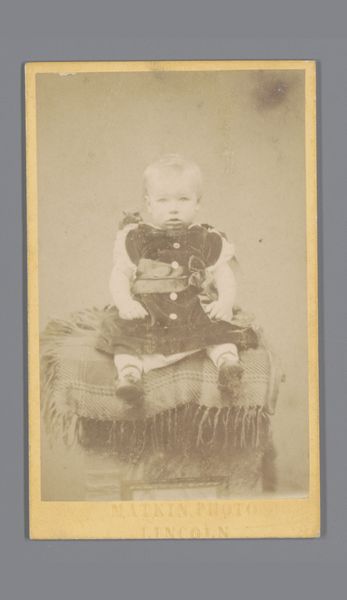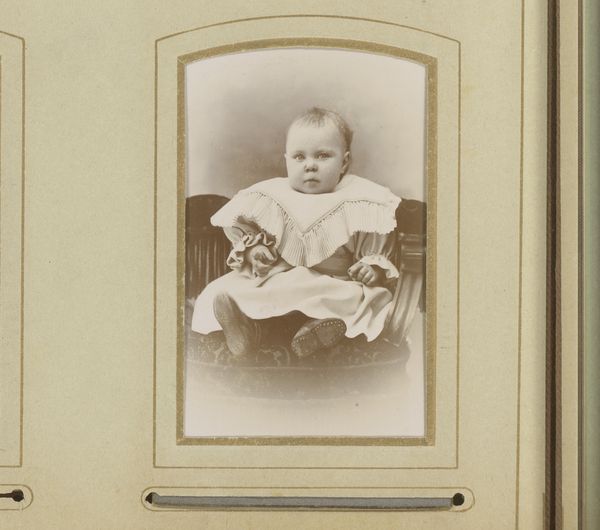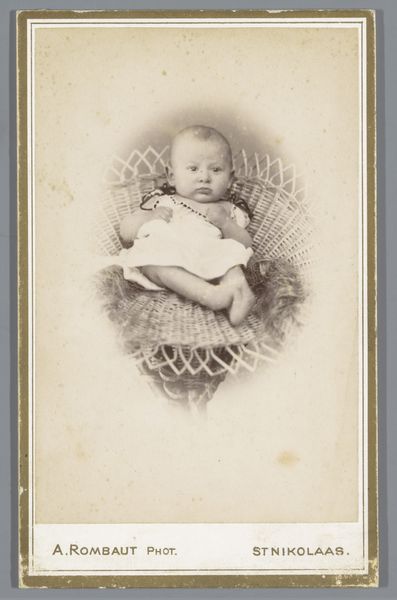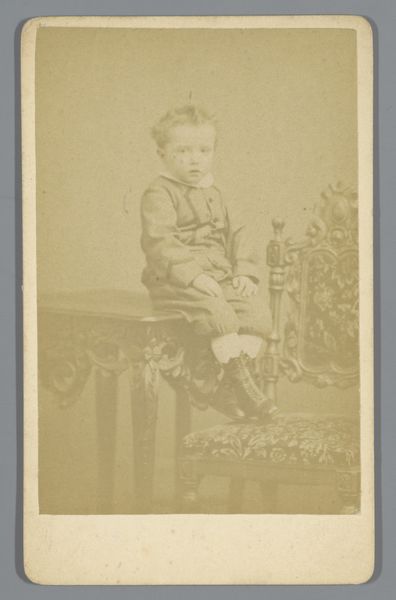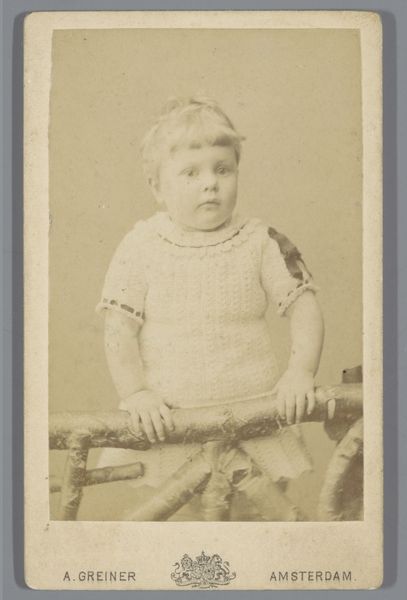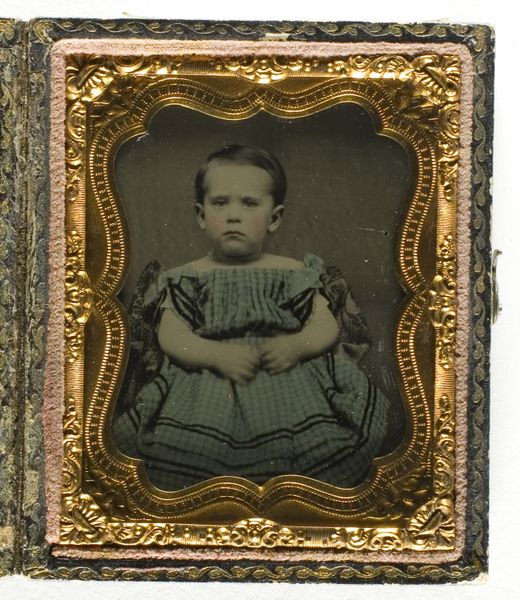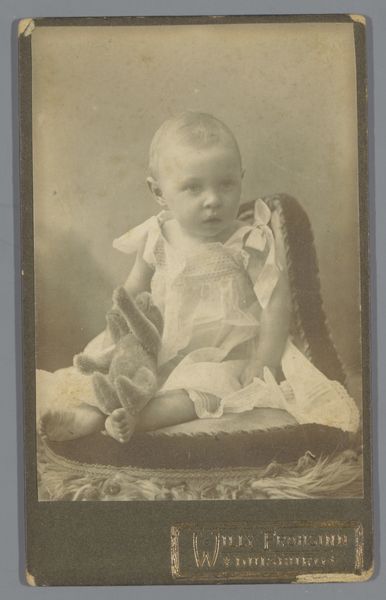
daguerreotype, photography, gelatin-silver-print
#
portrait
#
daguerreotype
#
boy
#
photography
#
coloured pencil
#
gelatin-silver-print
#
miniature
#
realism
Dimensions: Image: 12.4 x 9.2 cm (4 7/8 x 3 5/8 in.) Case: 1.6 x 15.1 x 12.1 cm (5/8 x 5 15/16 x 4 3/4 in.)
Copyright: Public Domain
Editor: This is a daguerreotype from between 1849 and 1853 by W. & F. Langenheim, currently housed in the Met. It’s a portrait of a young boy. There's something so captivating, almost haunting, about the way he stares out. It feels incredibly intimate. What do you see in this piece? Curator: It's like catching a fleeting thought, isn’t it? This boy… he embodies that 19th-century stillness and directness that's unique to early photography. A daguerreotype captures a mirror image, reversed, so that changes the dynamics too. You can almost feel the weight of the silvered copper plate in your hand – think of it as a mirror holding a moment! And think of how rare images like this once were! Almost talismanic in their importance to a family. Editor: A mirror holding a moment, I love that! But there is a real simplicity about the framing. Was this typical for daguerreotypes? Curator: The oval mat and case certainly were. It was almost a precious object in and of itself – it's a sort of proto-Instagram aesthetic really! Also, notice the shallow depth of field – only the face is sharp. You can almost imagine the photographer struggling to keep the little model still! A sharp contrast with our endless digital snapshots, eh? Editor: Absolutely! The fact that it took effort and was more precious really changes how we view it. I think I get why the intimacy strikes me so much – it feels incredibly special. Curator: Exactly! We become custodians of these delicate stories and forgotten moments when we gaze upon it, reflecting upon ourselves as we wonder at who the subjects were and why it survived. These works remind us that there’s wonder in everyday people frozen in time.
Comments
No comments
Be the first to comment and join the conversation on the ultimate creative platform.

